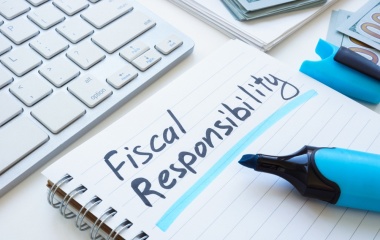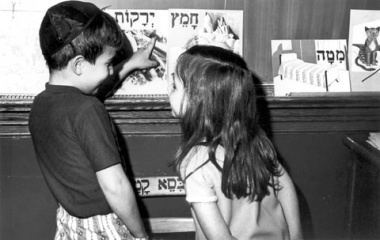
There has been much written – including a cover story in this newspaper (Canadian Jewish News) two weeks ago – regarding the placing of hidden cameras in the Washington mikva, and I have little to add to this tragic story. However, there is one aspect of the fallout that I would like to address. In light of this scandal, there has been much discussion on how conversions can be made more user-friendly. It is specifically this group that is most vulnerable to abuse, and even in the best of cases, the process of conversion is not an easy one. It is for this reason that the Torah placed so much emphasis on treating the convert with the utmost of sensitivity. The imperative to be “nice” to the ger - meaning both a stranger and a convert - is mentioned no fewer than 36 times in the Torah. While traditionally, those who sought to convert were initially given a hard time, such was done to ensure their seriousness and commitment to Judaism. But once assured (as well as humanly possible) of their sincerity, they are to be wholeheartedly embraced. Rejecting a convert is to be done for religious reasons only. The idea of accepting or rejecting converts based on their financial status would seem to be sacrilegious. But with the cost of Jewish life such as it is, financial considerations enter the confusing calculus of the conversion process.
Rabbi Zvi Romm, administrator of the Rabbinical Council of America’s New York Beit Din, noted, “One of the considerations we make [regarding potential converts] is, can the person hack it financially? If a person says I have no money whatsoever, I can’t afford the $400 fee paid out over time, the question you have to ask is, how are you going to make it as an Orthodox Jew?”
What is most tragic about this comment is its truth. Living a committed Jewish life – be it Orthodox or not – is exceedingly expensive with its kosher food, synagogue membership, ritual items, housing in a Jewish neighborhood and the exorbitant costs of a day school education. For good reason, all Orthodox and many non-Orthodox rabbis will insist that a potential convert agree to send their children to a Jewish day school, the single greatest predictor of future Jewish engagement.
Yet perhaps it is most irresponsible to convert someone who will be unable to afford such, leading to much familial strain. What happens when the non-Jewish spouse and children of an intermarried couple convert and cannot afford the $250,000 that a day school education costs per child? Must we tell such a couple to forego conversion unless and until Jewish education becomes most affordable for the middle and lower middle class? If so, it might be a long wait. Morris Zbar, the new president and CEO of UJA Jewish Federation of Greater Toronto, was quoted in the Canadian Jewish News as saying that Federation “will never be able to provide the kind of funding that allows for open access. But we have to try to find a creative solution to keep costs capped”.
It is painful for me to write these words; how dare I suggest that perhaps we have no right to convert the non-Jewish spouse of an intermarried couple? But we surely have no right to welcome anyone into the Jewish community without being brutally honest about the high costs that their new life will bring. How sad that in an era of unprecedented wealth and unprecedented assimilation, we as a community have priced so many Jews out of Judaism.
Yet it need not be this way. We must mobilize as a community to ensure that all who want to partake of Jewish life be enabled to do so fully regardless of their financial means. This is a task that will take hard work and many people working together. But it is a task where we can and must succeed.



